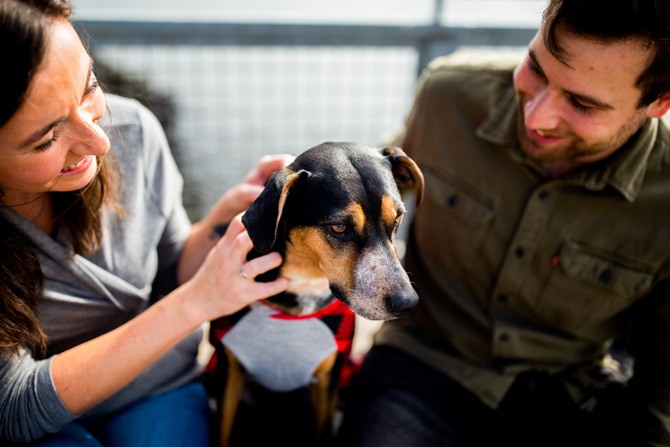There are many wannabe pet owners out there who just aren’t ready to care for an animal permanently. And that’s okay. However, many pet lovers don’t realise they can foster a pet.
Indeed, fostering a pet is a great first step to becoming a permanent pet owner. It will teach you about the responsibilities of caring for an animal. It will also help you to realise whether you’re ready or not to be a permanent pet owner.
PETstock Assist has long advocated the importance of adopting rather than shopping for a pet. However, this National Pet Adoption Month, the charity is reminding animal lovers that adoption is not the only way to change the lives of pets in need.
How fostering can benefit pets in need
PETstock Assists Charity and Events Lead Jessica Curtis, explains, “Providing animals with temporary care through fostering is crucial to both the animal’s transition and development, as well as providing much-needed relief to rescue groups.
“When an animal is placed in foster care, it increases the capacity for rescue groups and shelters to care for another animal in need. This means more lives can be saved.
“Additionally, caring for animals in a home environment offers them a low-stress and enriching space where they can develop their social skills, practice training and prepare for their transition into a new home.
“By providing training, love and companionship, foster carers really can transform a rescue animal’s life, while enriching their own. Fostering is incredibly rewarding and social! Foster carers become part a community of like-minded, animal-loving volunteers all committed to making a real difference. It’s a great way to meet new people, exchange advice and feel a part of something bigger. It also goes a long way towards helping to break the cycle of pet homelessness in Australia.”
Ms Curtis adds, “Anyone with time and love to give can become a foster carer.” She says even for people who are not ready to commit to permanent pet ownership, or those that already have a pet—they are sure to find a fostering match.
Preparing your home for a foster pet
To help would-be foster carers, PETstock Dog Trainer Tina Button has compiled a helpful guide on how to prepare your home for a foster animal.
Animal safety
First things first, it pays to safety proof your home. Here are a few things to consider when doing this.
- Ensure there are no holes or weak spots along your fence line.
- Remove household plants and flowers that are toxic to pets. For a complete list of both toxic and non-toxic plants and flowers, please visit the ASPCA website.
- Store household medication or cleaning products in high, unreachable places.
- Ensure loose cables are hidden to avoid electric shock.
Read the following useful blog posts on pet safety:
- Pet poison prevention: keeping your pet safe
- Winter pet safety
- How to travel safely with your dog
- Summer pet safety
Create a quiet place
Create a safe and quiet space for rescue pets to relax in, such as the laundry, which contains bedding, water, and comforting toys. Don’t be offended if they are quiet at first. This is a new environment for them, and it might take some time to warm up and relax. Try not to overwhelm them with attention while they settle in.
Training
As a foster volunteer, it’s your responsibility to help the animal grow and build on existing skills that will prepare them for their new home. Food or clickers can be used to train a cat or dog. These are powerful tools for shaping behaviours, such as sitting instead of jumping. Training animals has many benefits, including improving your relationship, challenging them mentally and reinforcing positive social behaviours. Check in with the rescue group you’re fostering for, as they may offer complimentary training sessions for foster carers and animals.
Exercise
Regular walks are incredibly important for foster dogs, both for exercise, socialisation and training. However, frequent walks are particularly important if the dog needs practice walking on a lead or being exposed to new environments, sounds and smells. Remember your foster animal’s safety is your responsibility. As such, you should never let your foster dog off lead in public, even in a fenced dog park.
Play
Play is a fun and simple way to relieve stress and will positively impact their mental and physical health. Try and incorporate five minutes of active play every few hours. Enrichment toys such as Kongs, food puzzles or toys are a great way to keep pets mentally and physically stimulated, as well as offering them a sense of comfort in your absence.
Establish a routine
Creating a routine for your foster pet will help make the transition into your home easier and play a significant role in their training. Not only will this benefit them in their new home, but if you’re considering permanent adoption in the future, it will also give you an idea of how you could fit a new furry, feathery, or scaly family member into your lifestyle.
Love and care
Make sure you have the time to give them the love and attention they need and deserve. Dedicate time in your day to play with them, train them and give your foster pet affection. Doing this will help develop trust and also prepare your fur pal for their new family.
Are you ready to foster a pet?







Leave A Comment